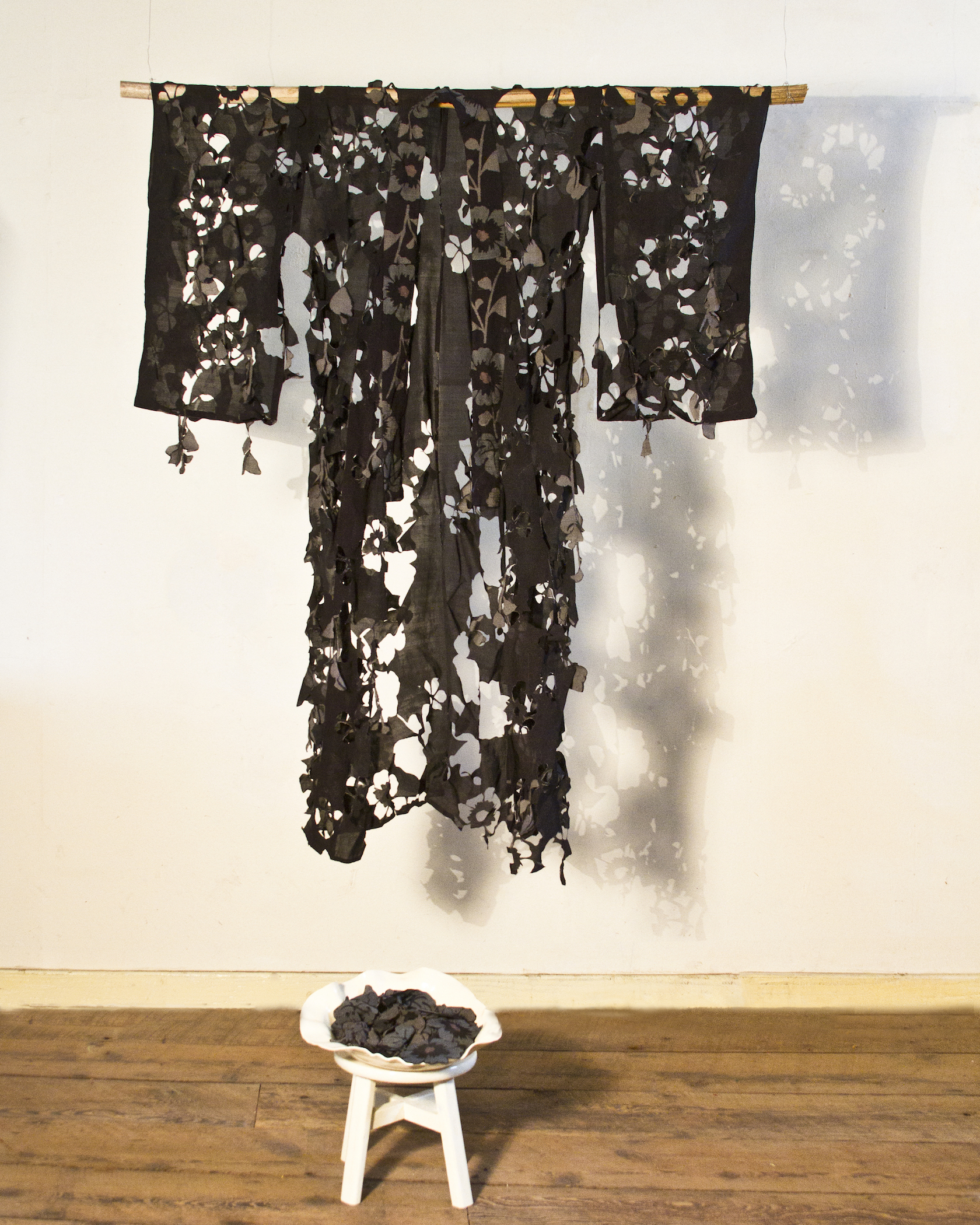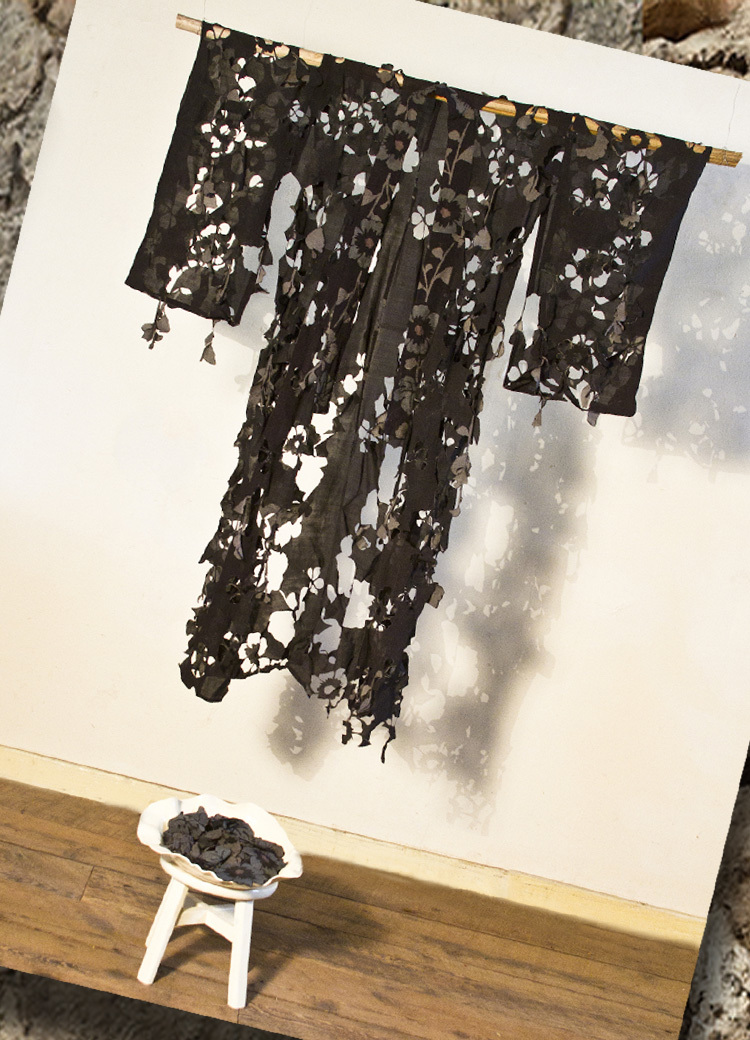Resilience artist spotlight: Na Omi Judy Shintani
content
 Told from the point of view of Sansei (third generation) Japanese Americans, Resilience—A Sansei Sense of Legacy is an exhibition of eight artists whose work reflects on the effect of Japanese American internment in World War II as it resonated from generation to generation. Resilience will be on view in the Alice C. Sabatini Gallery until May 22, 2022. Here's a spotlight on one of the exhibit's artists Na Omi Judy Shintani in her own words.
Told from the point of view of Sansei (third generation) Japanese Americans, Resilience—A Sansei Sense of Legacy is an exhibition of eight artists whose work reflects on the effect of Japanese American internment in World War II as it resonated from generation to generation. Resilience will be on view in the Alice C. Sabatini Gallery until May 22, 2022. Here's a spotlight on one of the exhibit's artists Na Omi Judy Shintani in her own words.
Na Omi Judy Shintani's artist statement
I explore my identity as an artist, Japanese American, daughter, and woman by focusing on the history of American Concentration Camps. As a descendant of a family who endured the trauma of incarceration, my art is my process of transforming, healing, and journeying on my path. Each artwork was created with a healing intention — for my family, my ancestors, my culture, America, and me. My work creates space for learning, understanding, and questioning about a historical injustice. It also brings to light memories, repressed emotions, and current feelings about this. Much of my work includes memories of those who were imprisoned and thoughts of their families. Often this history is not talked about because it brings up pain, anger, and shame. I am honored that I am trusted to take the public beyond the textbook for a window into these personal experiences and to use this material to convey how our past connects to what is currently happening in our world.
Deconstructed Kimono II, 2011

The deconstructed kimono reflects Shintani’s loosening connections to her ancestry and culture. It represents both the personal and liminal spaces where the transformation of tradition, culture and structure take place. The cutting away of the design brings light and shadow to the kimono, transforming the beautiful-yet-restrictive traditional garment into a new form for creative interpretation. The kimono is reduced to a skeleton—a web—yet even after deconstruction the garment still retains its elegant and simple structure. Shintani honors the cut-out pieces in altars which sit below each kimono, acting as holding places for the parts. Each part is a lesson that has died to make room for new experiences. “As I cut away the designs and embellishments from the kimonos, I reflect about the woman who wore the kimono. ‘What was her life like?’ The cutting becomes a meditation.” Shintani explains, “The process becomes a strange and wonderful paradox, that by cutting away, I feel closer to my Japanese heritage.”













